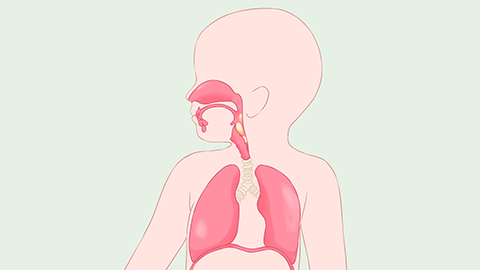What should I do if my 7-year-old child has a hemangioma?
Hemangiomas in 7-year-old children can be managed through observation and follow-up, topical medications, laser therapy, injection therapy, or surgical treatment. Most hemangiomas in 7-year-olds have already entered a stable or involution phase; therefore, treatment plans should be individualized based on lesion changes and their impact. If the hemangioma grows rapidly, ulcerates, bleeds, or affects appearance or function, prompt medical evaluation is recommended.
1. Observation and follow-up: For small hemangiomas without symptoms and showing no significant changes over time, regular monitoring of size, color, and shape is sufficient. Some hemangiomas in 7-year-old children may still be slowly regressing, so unnecessary intervention should be avoided to prevent additional burden on the child.
2. Topical medications: For superficial hemangiomas with mild growth tendencies, mild topical agents may be used under medical supervision to suppress vascular activity and promote lesion shrinkage. Skin reactions should be closely monitored during treatment to ensure safety.

3. Laser therapy: Superficial hemangiomas affecting appearance can be treated with low-energy lasers to destroy abnormal blood vessels while minimizing skin damage. Post-treatment sun protection and proper skincare are essential to reduce the risk of pigmentation or scarring.
4. Injection therapy: For deeper or larger hemangiomas, low-concentration medication can be precisely injected into the lesion to reduce its size and control growth. This procedure should be performed by a qualified physician to minimize effects on surrounding tissues and the child’s growth and development.
5. Surgical treatment: When hemangiomas compress surrounding organs, frequently ulcerate, or leave significant deformities after involution, minimally invasive surgery may be used to remove the lesion. Postoperative wound care should be strengthened to promote healing and minimize impact on the child's daily life.
In daily life, remind the child not to scratch the hemangioma area. Wear loose, breathable clothing to reduce friction. Gently clean the area with lukewarm water and keep it dry. Regularly communicate with the child about any discomfort and maintain a record of changes in the lesion.




